
The Croats are a South Slavic ethnic group native to Croatia, western part of Bosnia and Herzegovina and other neighboring countries in Southeastern Europe who share a common Croatian ancestry, culture, history and language. They are also a recognized minority in a number of neighboring countries, namely Austria, the Czech Republic, Germany, Hungary, Italy, Montenegro, Romania, Serbia, Slovakia and Slovenia.

Krk is a Croatian island in the northern Adriatic Sea, located near Rijeka in the Bay of Kvarner and part of Primorje-Gorski Kotar county. Krk is tied with Cres as the largest Adriatic island, depending on the methodology used to measure the coastline. Krk is the most populous island in the Adriatic, with multiple towns and villages that contain a total of 19,383 (2011) inhabitants.

Bosnian Cyrillic, widely known as Bosančica is a variant of the Cyrillic alphabet that originated in medieval Bosnia. The term was coined at the end of the 19th century by Ćiro Truhelka. It was widely used in modern-day Bosnia and Herzegovina and the bordering areas of modern-day Croatia. Its name in Bosnian-Croatian-Serbian is Bosančica and Bosanica the latter of which can be translated as Bosnian script. Serb scholars call it Serbian script, Serbian–Bosnian script, Bosnian–Serb Cyrillic, as part of variant of Serbian Cyrillic and the term "bosančica" according to them is Austro-Hungarian propaganda. Croat scholars also call it Croatian script, Croatian–Bosnian script, Bosnian–Croat Cyrillic, harvacko pismo, arvatica or Western Cyrillic. For other names of Bosnian Cyrillic, see below.

Cyfraith Hywel, also known as Welsh law, was the system of law practised in medieval Wales before its final conquest by England. Subsequently, the Welsh law's criminal codes were superseded by the Statute of Rhuddlan in AD 1284 and its civil codes by Henry VIII's series of Laws in Wales Acts between 1535 and 1542.
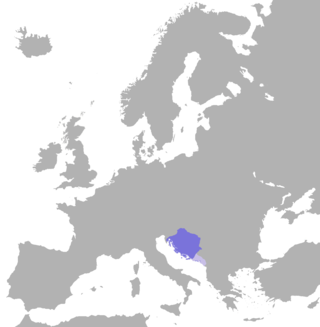
The Kingdom of Croatia, or Croatian Kingdom, was a medieval kingdom in Southern Europe comprising most of what is today Croatia, as well as most of the modern-day Bosnia and Herzegovina. The Croatian Kingdom was ruled for part of its existence by ethnic dynasties, and the Kingdom existed as a sovereign state for nearly two centuries. Its existence was characterized by various conflicts and periods of peace or alliance with the Bulgarians, Byzantines, Hungarians, and competition with Venice for control over the eastern Adriatic coast. The goal of promoting the Croatian language in the religious service was initially introduced by the 10th century bishop Gregory of Nin, which resulted in a conflict with the Pope, later to be put down by him. In the second half of the 11th century Croatia managed to secure most coastal cities of Dalmatia with the collapse of Byzantine control over them. During this time the kingdom reached its peak under the rule of kings Peter Krešimir IV (1058–1074) and Demetrius Zvonimir (1075–1089).
The History of Dalmatia concerns the history of the area that covers eastern coast of the Adriatic Sea and its inland regions, from the 2nd century BC up to the present day.

The Republic of Ragusa was an aristocratic maritime republic centered on the city of Dubrovnik in South Dalmatia that carried that name from 1358 until 1808. It reached its commercial peak in the 15th and the 16th centuries, before being conquered by Napoleon's French Empire and formally annexed by the Napoleonic Kingdom of Italy in 1808. It had a population of about 30,000 people, of whom 5,000 lived within the city walls. Its motto was "Non bene pro toto libertas venditur auro", a Latin phrase which can be translated "Liberty is not well sold for all the gold".
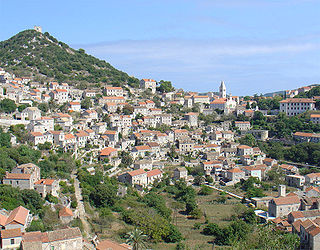
Lastovo is an island municipality in the Dubrovnik-Neretva County in Croatia. The municipality consists of 46 islands with a total population of 792 people, of which 94,7% are ethnic Croats, and a land area of approximately 53 square kilometres (20 sq mi). The biggest island in the municipality is also named Lastovo, as is the largest town. The majority of the population lives on the 46 square kilometres (18 sq mi) island of Lastovo.
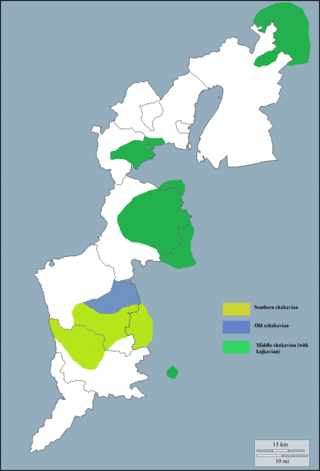
Burgenland Croatian is a regional variety of the Chakavian dialect of Croatian spoken in Austria, Hungary, the Czech Republic, and Slovakia. Burgenland Croatian is recognized as a minority language in the Austrian state of Burgenland, where it is spoken by 19,412 people according to official reports (2001). Many of the Burgenland Croatian speakers in Austria also live in Vienna and Graz, due to the process of urbanization, which is mostly driven by the poor economic situation of large parts of Burgenland.

The Republic of Poljica or duchy was an autonomous community which existed in the late Middle Ages and the early modern period in central Dalmatia, near modern-day Omiš, Croatia.

Grazing rights is the right of a user to allow their livestock to feed (graze) in a given area.
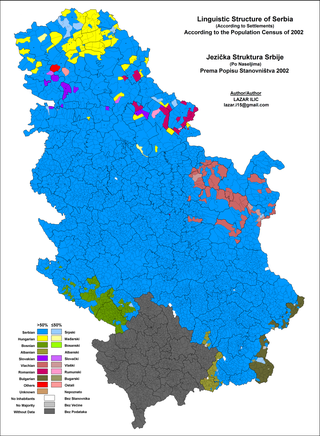
Serbia has only one nationwide official language, which is Serbian. Other languages spoken in Serbia include Hungarian, Bosnian, Romani, Slovak, Albanian, Romanian, Croatian, Bulgarian, Macedonian, Rusyn, etc.
Croatian literature refers to literary works attributed to the medieval and modern culture of the Croats, Croatia, and Croatian. Besides the modern language whose shape and orthography was standardized in the late 19th century, it also covers the oldest works produced within the modern borders of Croatia, written in Church Slavonic and Medieval Latin, as well as vernacular works written in Čakavian and Kajkavian dialects.
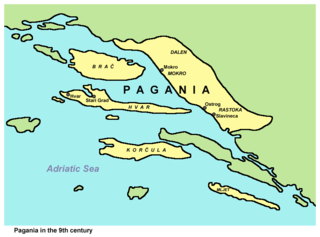
The Narentines were a South Slavic tribe that occupied an area of southern Dalmatia centered at the river Neretva, active in the 9th and 10th centuries, noted as pirates on the Adriatic. Named Narentani in Venetian sources, Greek sources call them Paganoi, "pagans", as they were for long pagan, in a time when neighbouring tribes were Christianized. The tribe were fierce enemies of the Republic of Venice, having attacked Venetian merchants and clergy passing on the Adriatic, and even raided close to Venice itself, as well as defeated the doge several times. Venetian–Narentine peace treaties did not last long, as the Narentines quickly returned to piracy. They were finally defeated in a Venetian crackdown at the turn of the 10th century and disappeared from sources by the 11th century.
Statuta Valachorum was a decree issued by Emperor Ferdinand II of the Habsburg monarchy on 5 October 1630 that defined the rights of "Vlachs" in the Military Frontier, in a way that it placed them under direct rule by Vienna, removing the jurisdiction of the Croatian parliament. This was one of three major laws enacted in the early 17th century on the taxation and tenancy rights of the Vlachs, together with the earlier 1608 decree by Emperor Rudolf II and a 1627 decree by Ferdinand.
The term Vlachs was initially used in medieval Croatian and Venetian history for a Romance-speaking pastoralist community, called "Vlachs" and "Morlachs", inhabiting the mountains and lands of the Croatian Kingdom and the Republic of Venice from the early 14th century. By the end of the 15th century they were highly assimilated with the Slavs and lost their language or were at least bilingual, while some communities managed to preserve and continue to speak their language (Istro-Romanians).
Mariano Bolizza or Marin Bolica was a nobleman and writer from Cattaro.
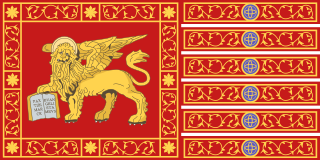
Venetian Dalmatia refers to parts of Dalmatia under the rule of the Republic of Venice, mainly from the 15th to the 18th centuries. Dalmatia was first sold to Venice in 1409 but Venetian Dalmatia was not fully consolidated until 1420. It lasted until 1797, when the Republic of Venice fell to the forces of Napoleon Bonaparte and Habsburg Austria.
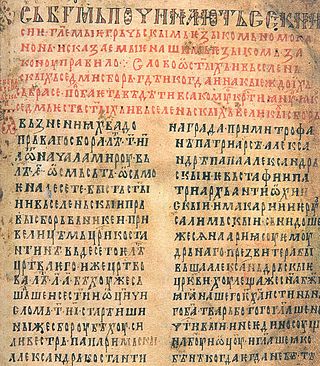
Serbian medieval law spans a period of time from the first half of the 7th century AD to the second half of the 15th century AD. While the origins of the Serbian medieval law can be traced back to folk customs and beliefs, the forms of written law started to appear owing to Serbian emperors, kings and archbishops of that era. It is through their charters and various codes that punishments were introduced and status, civil, criminal and procedural law started developing. Serbian medieval law was visibly influenced by the Byzantine law whose impact was profound.
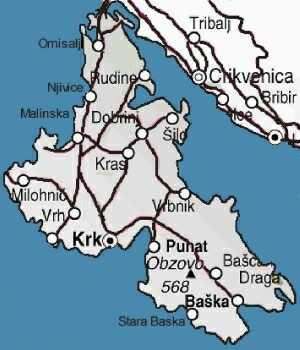
Dubašnica was a village in the northwestern part of the island of Krk, now in Croatia, at the south of Malinska and near Poljica. It was first mentioned in the 15th century and became extinct in the 18th century as a result of a malaria epidemic. For centuries, Dubašnica was the seat of a municipality that grouped several villages in the region, but after its disappearance, the seat was moved to Bogovići and later to Malinska. Today, this municipality is known as Malinska-Dubašnica, and although its capital is still Malinska, it retains Dubašnica in its name. Nowadays, Dubašnica may also refer to a region made up of all these villages constituting the municipality of Malinska-Dubašnica.















